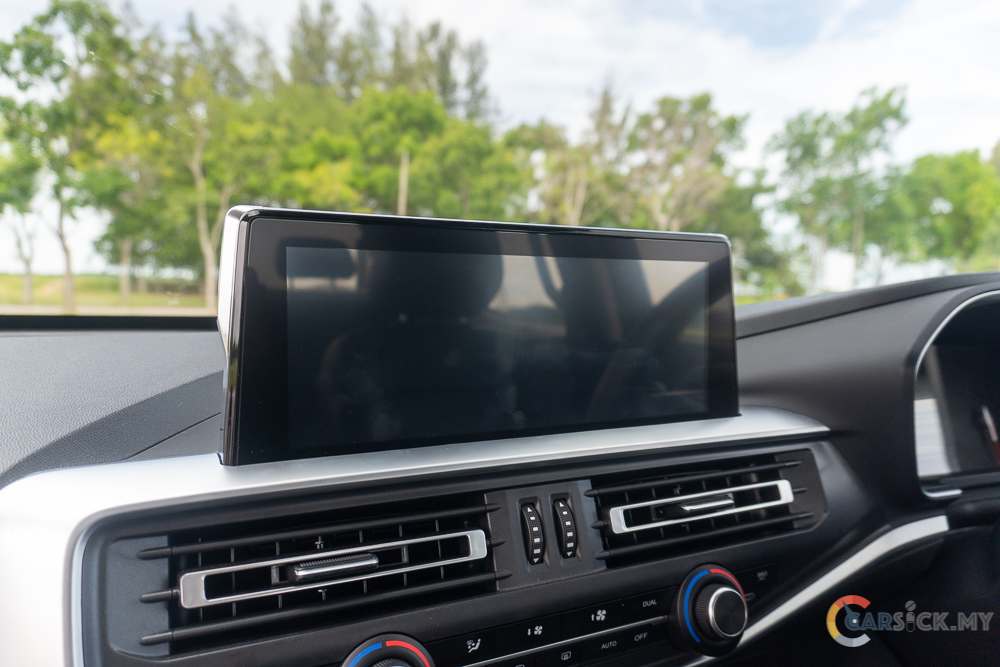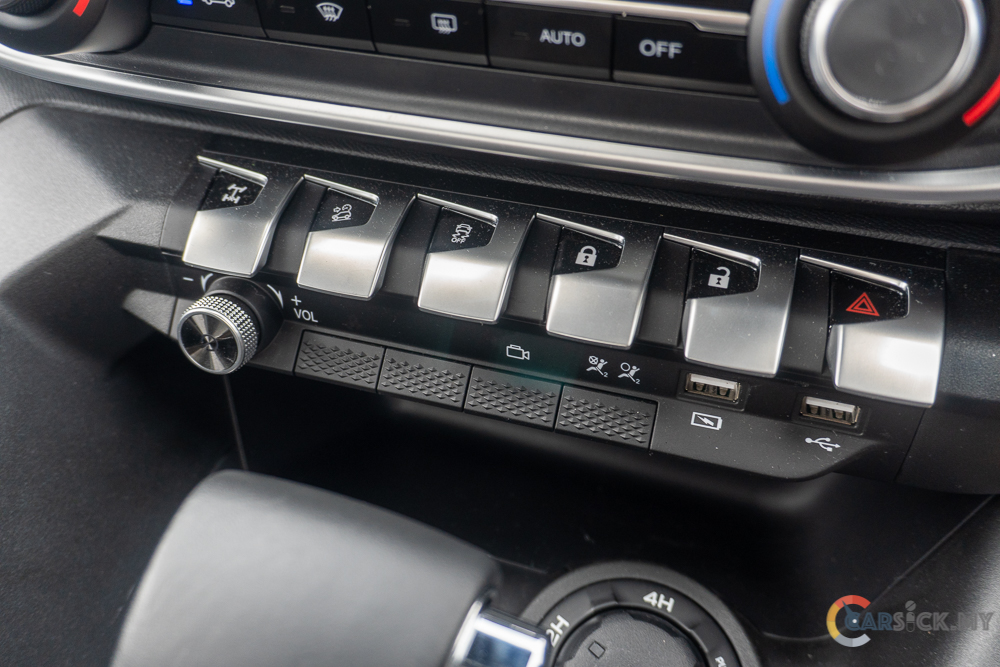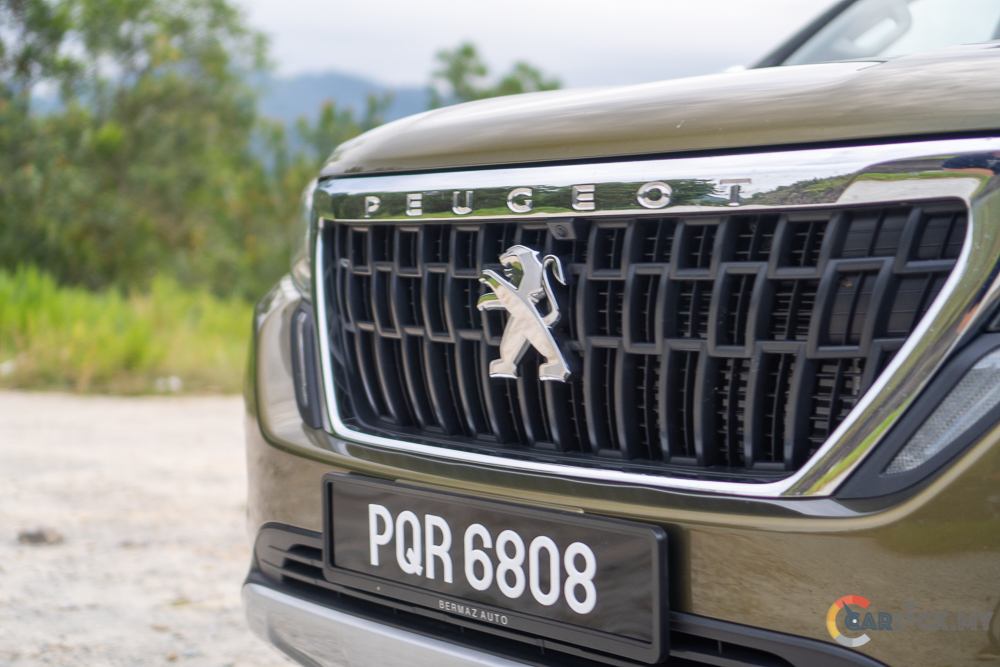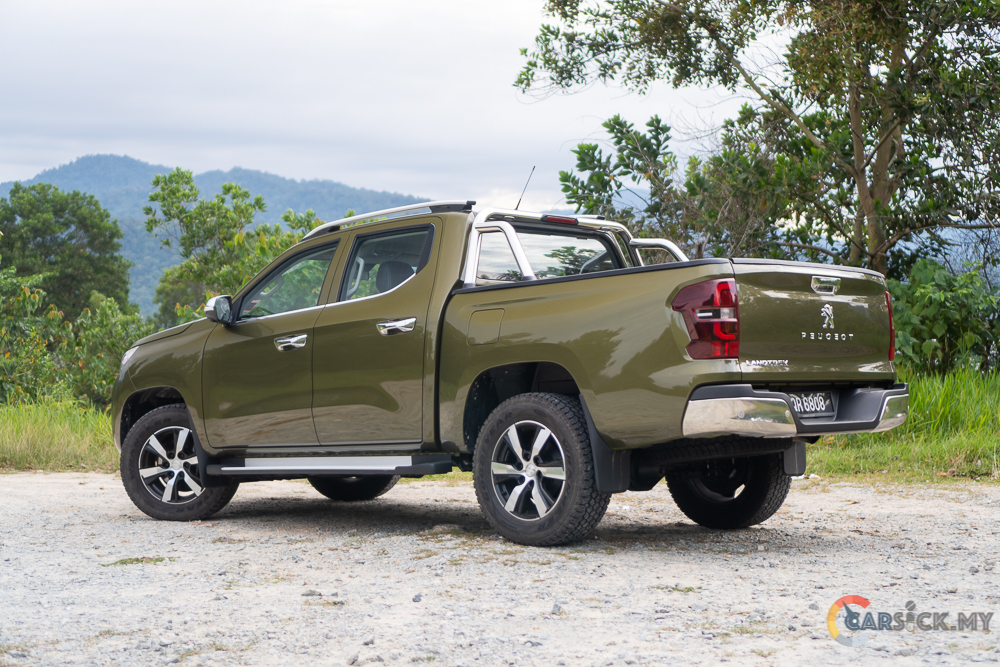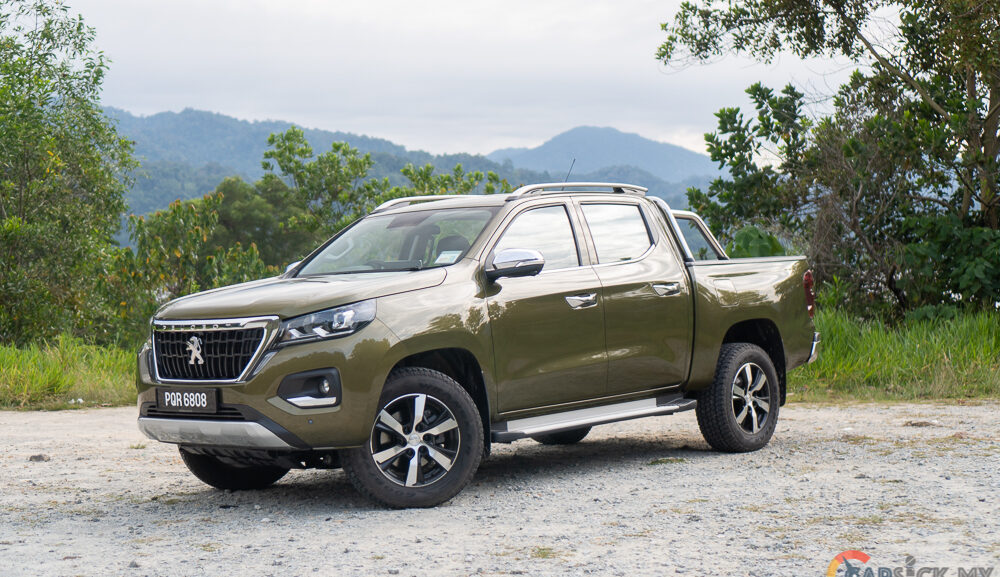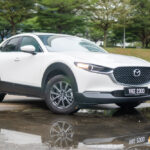In the Malaysian pickup truck market, a handful of brands dominate, making it a challenging endeavor for newcomers to make their mark. The preference for established brands is due to their strong track record of producing reliable and dependable pickup trucks. However, this hasn’t deterred brands like Peugeot from attempting to break into this competitive market. In this review, I’ll take a closer look at Peugeot’s latest entry into the pickup truck segment, the Peugeot Landtrek, to assess its potential in this demanding market.
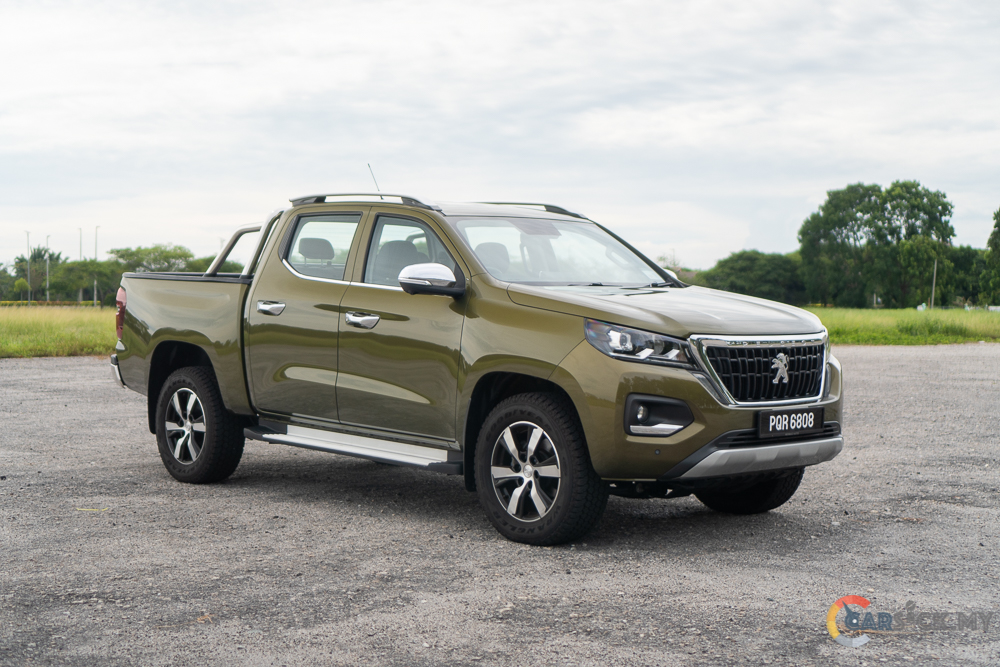
 When you first lay eyes on the Landtrek, it exudes a rugged, masculine appearance that’s characteristic of pickup trucks. While it’s attractive, it doesn’t exactly turn heads. The front end features imposing LED headlights with full LED daytime running lights for a modern touch. However, the high beams are halogen bulbs, which aren’t as bright as LEDs.
When you first lay eyes on the Landtrek, it exudes a rugged, masculine appearance that’s characteristic of pickup trucks. While it’s attractive, it doesn’t exactly turn heads. The front end features imposing LED headlights with full LED daytime running lights for a modern touch. However, the high beams are halogen bulbs, which aren’t as bright as LEDs. 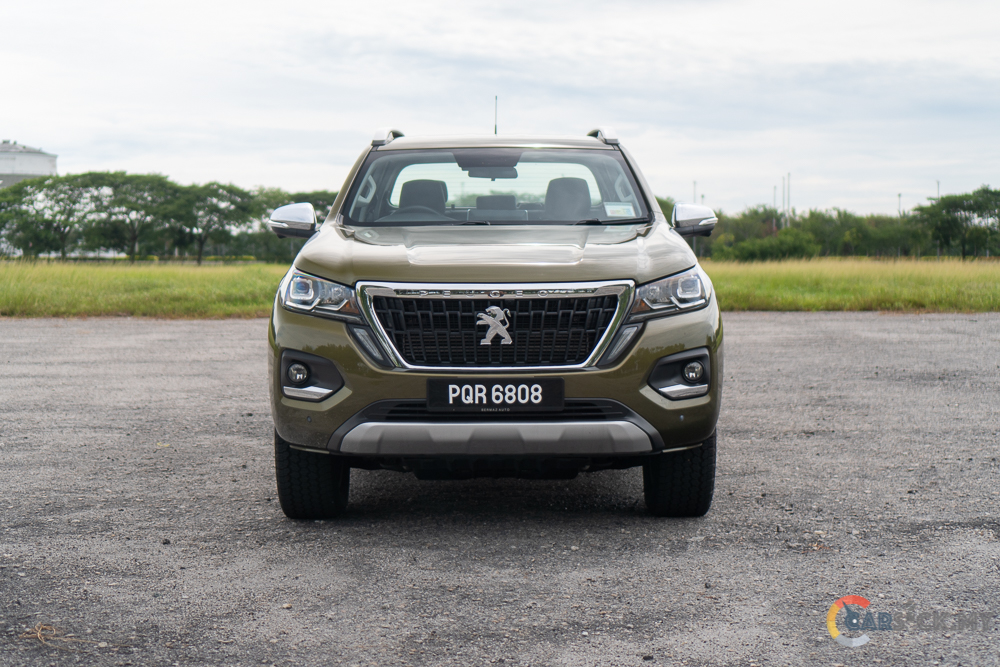
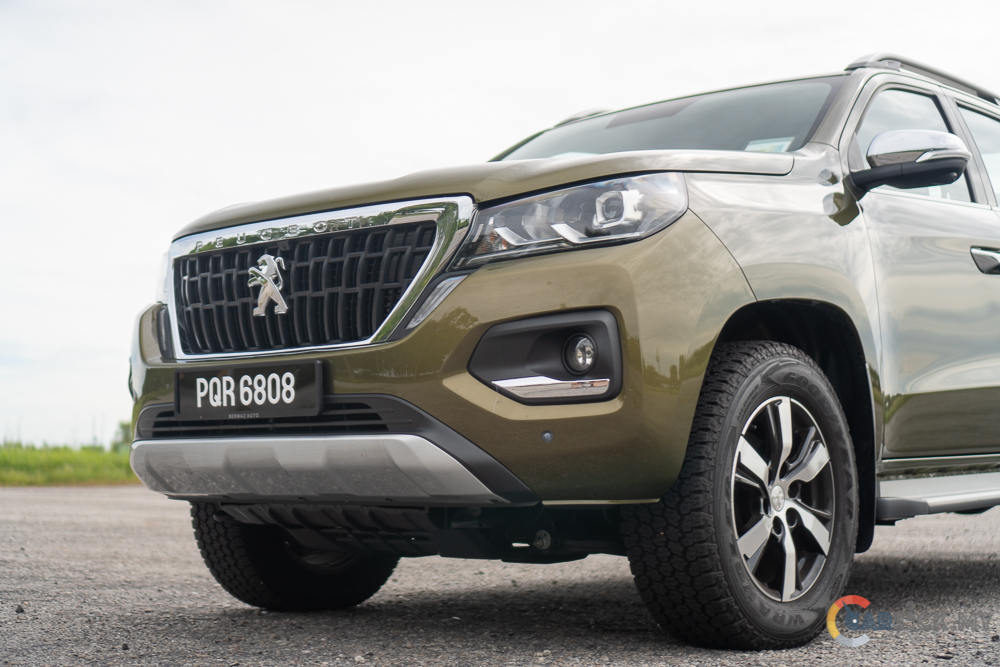
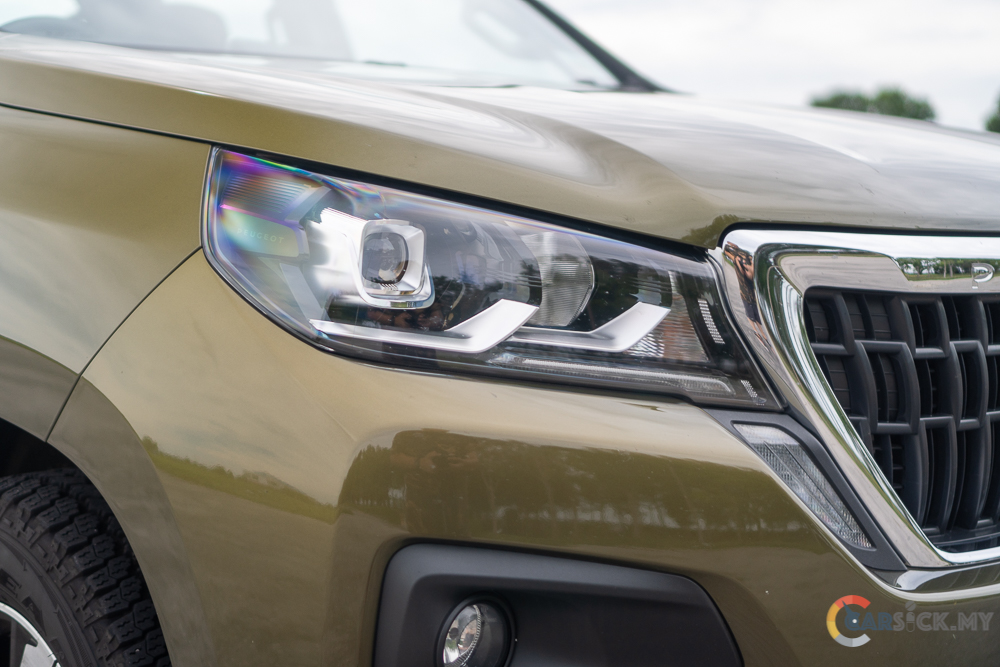
Moving to the rear, the Landtrek’s design adheres to the traditional pickup truck style with vertically arranged tail lights housing both LED and halogen bulbs. Inside the truck bed, you’ll find four hooks for securing cargo, and Peugeot Malaysia has equipped the roll bars with two LED lights to illuminate the bed at night. Additionally, there’s a 12V socket for powering appliances during outdoor activities or on a work site. 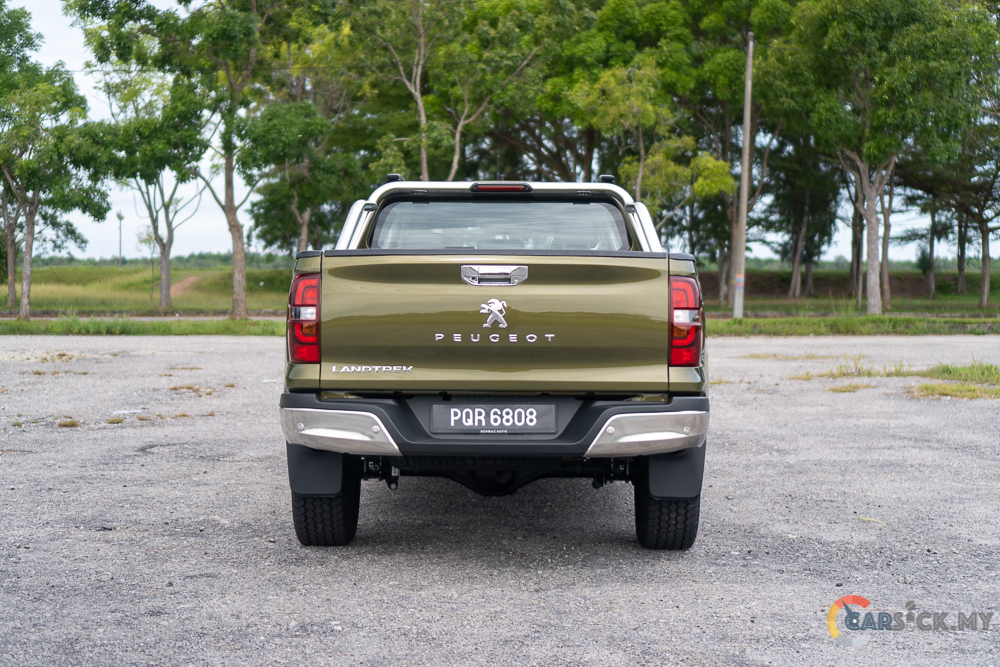
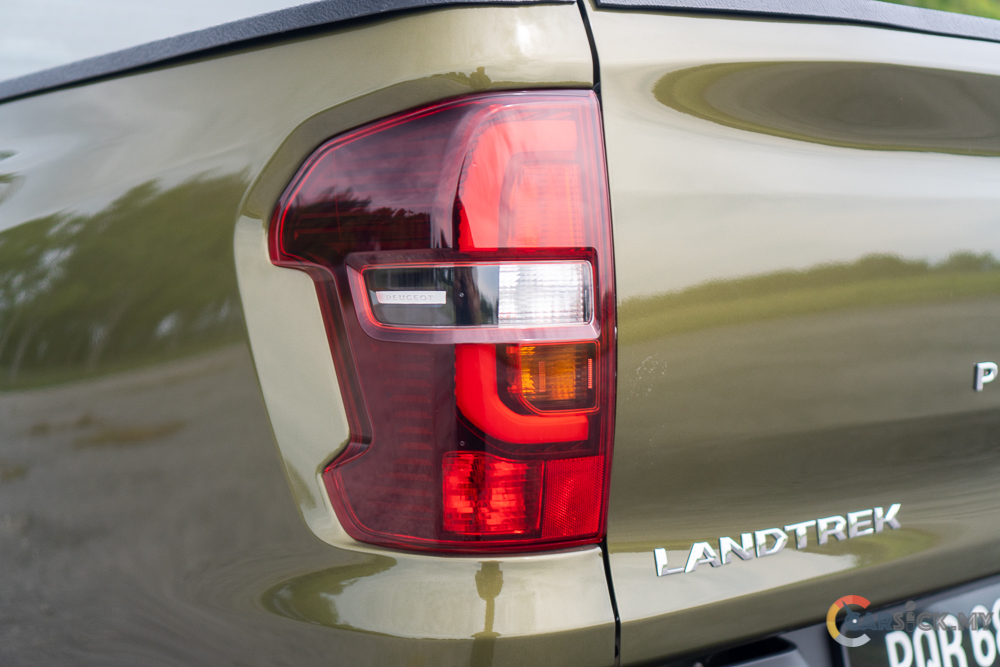
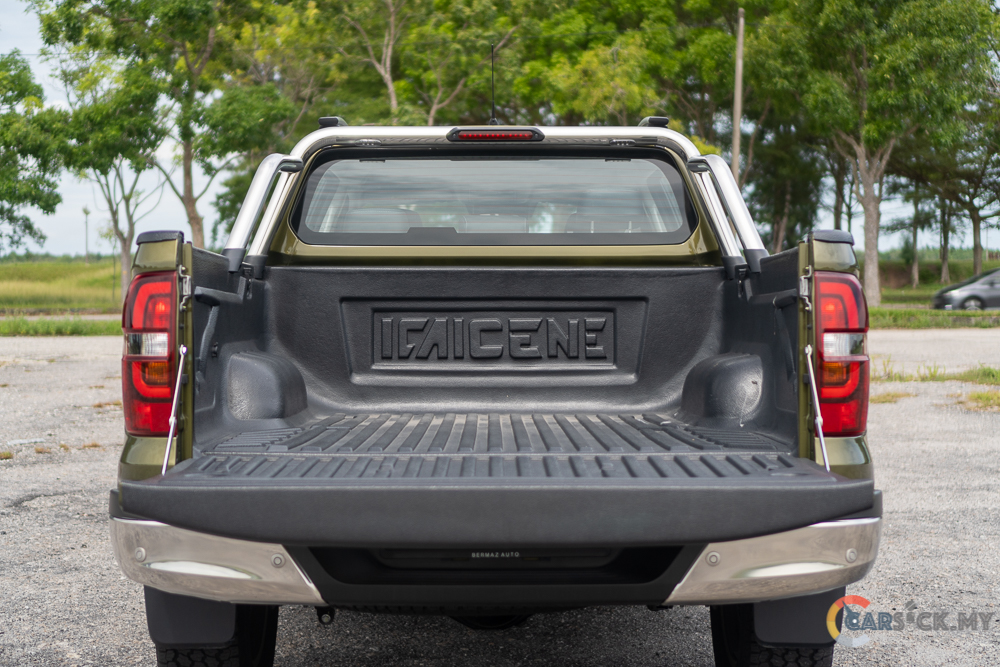
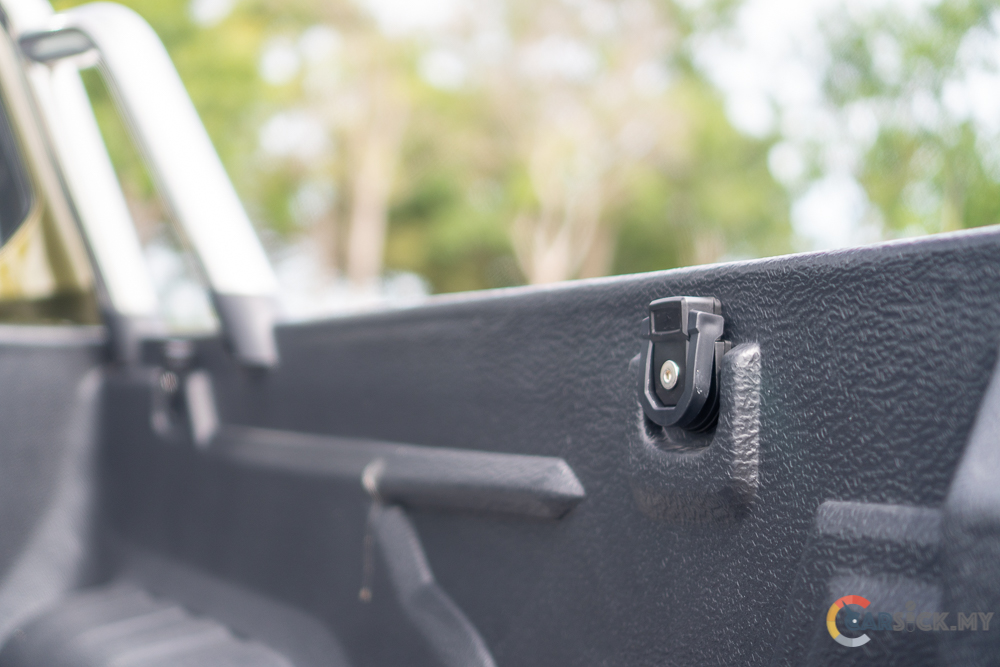
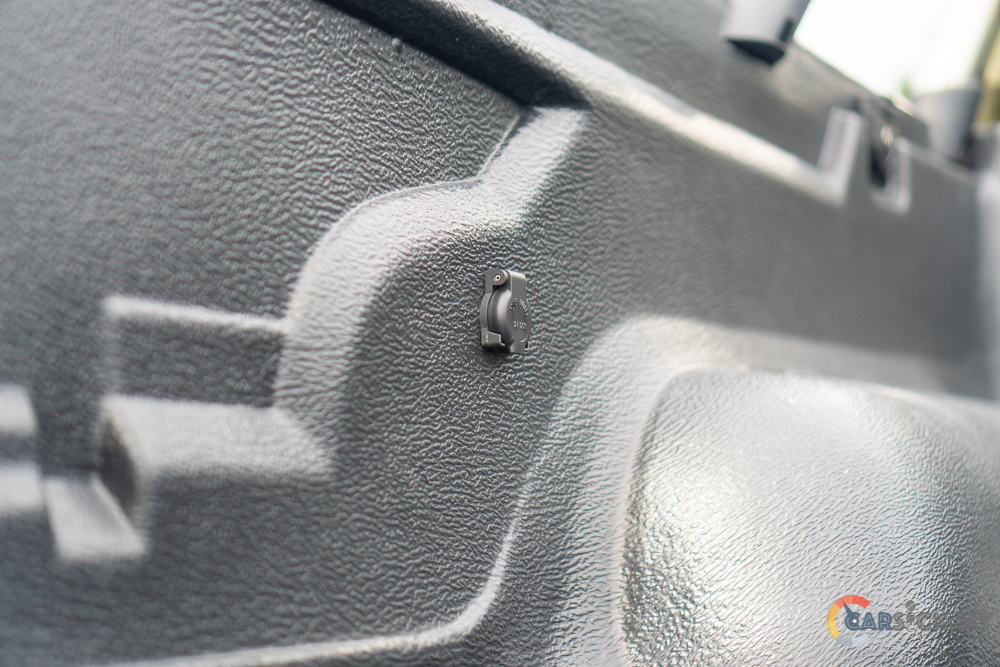
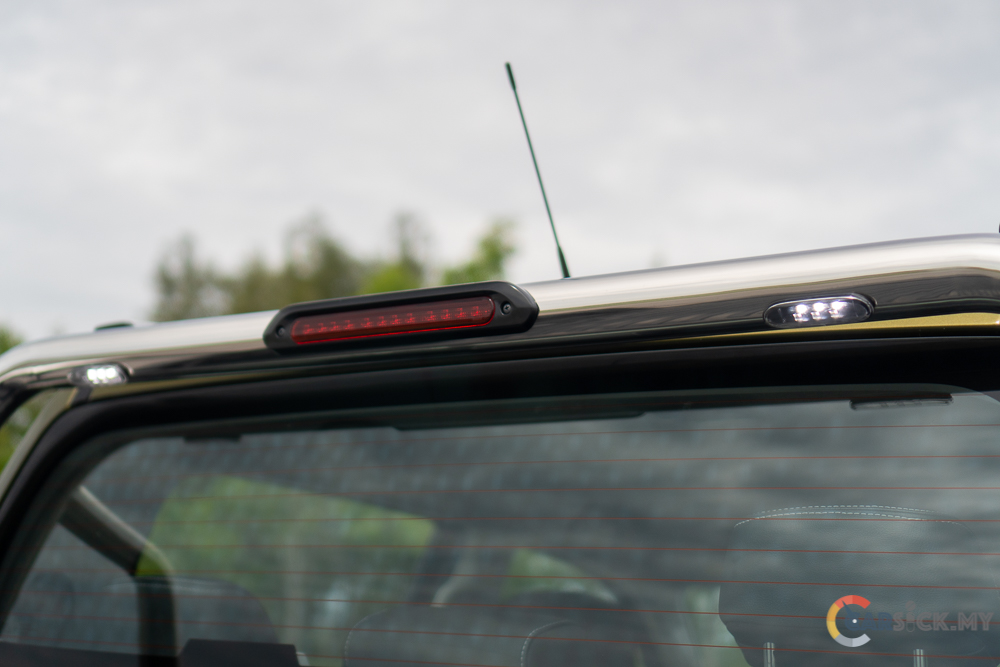
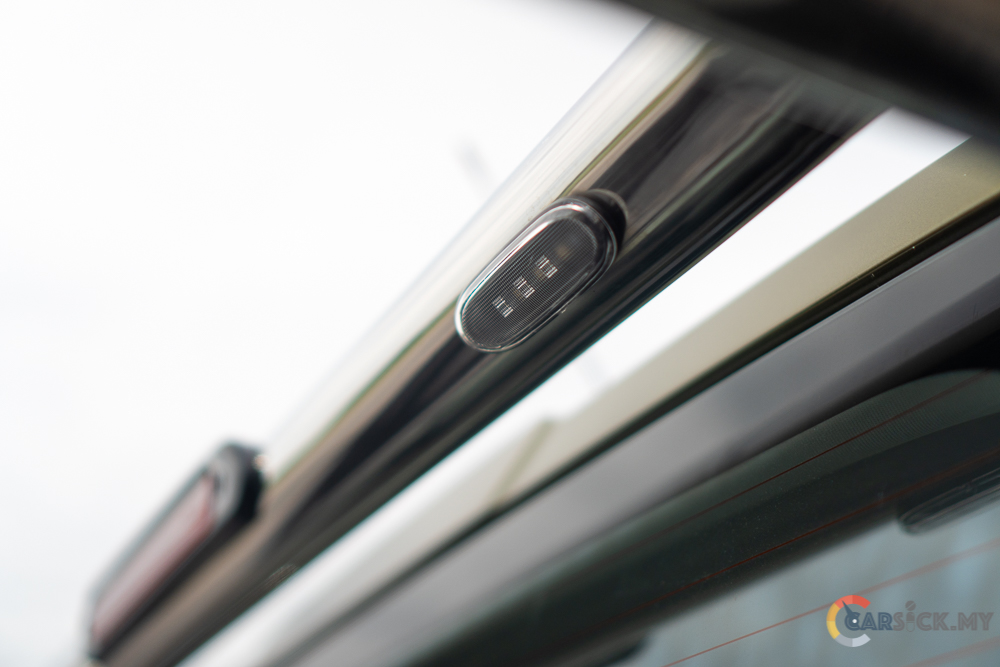
One notable aspect of the Landtrek is its locking mechanism. Unlike most vehicles, which lock with a single press of the door handle sensor, the Landtrek requires a double press, leading to occasional forgetfulness and unlocked doors. The pickup is complemented by rugged 18-inch rims wrapped in 265/60 R18 all-terrain tires. 
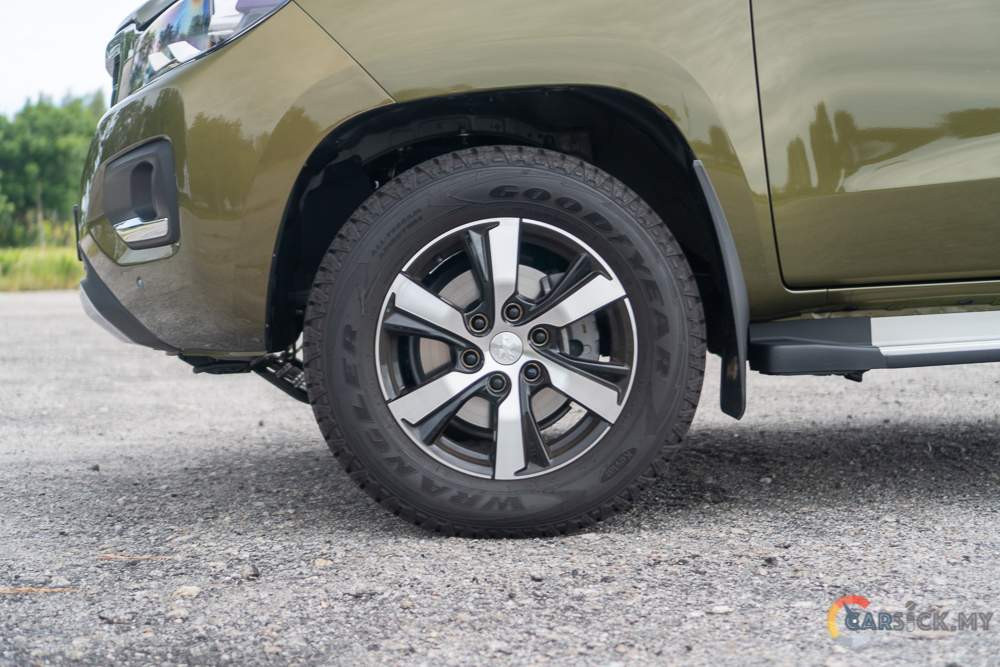
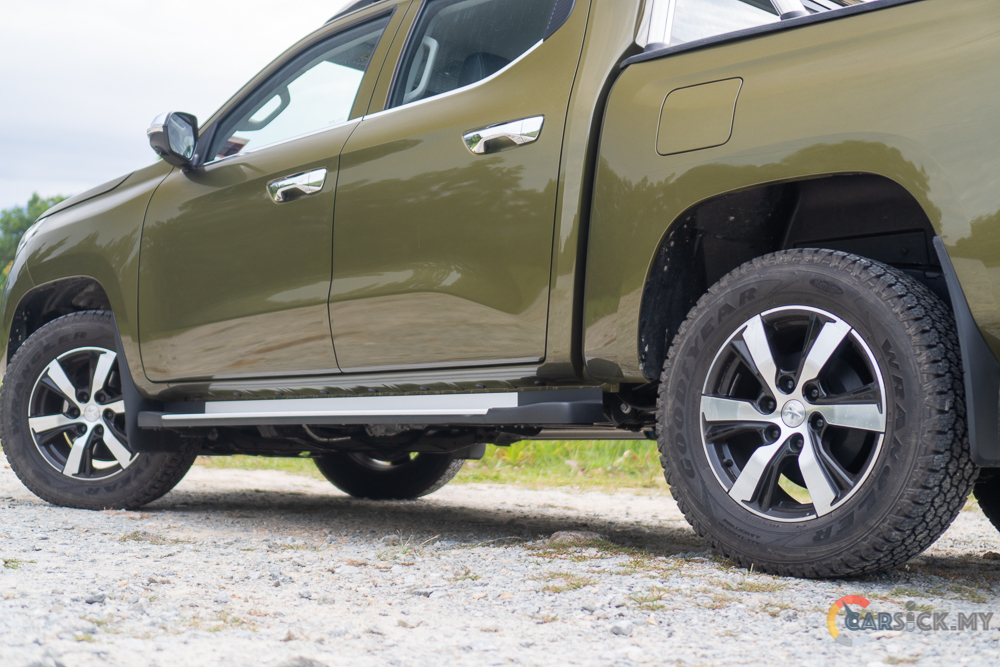
Inside the Landtrek, you’ll find an interior that carries Peugeot’s design language, although it doesn’t exude the same European sophistication as the Ford Ranger. The interior features a fair amount of hard plastic, likely for durability. While the fit and finish are acceptable, they don’t quite match the standards set by Peugeot’s 3008 or 5008 SUVs. 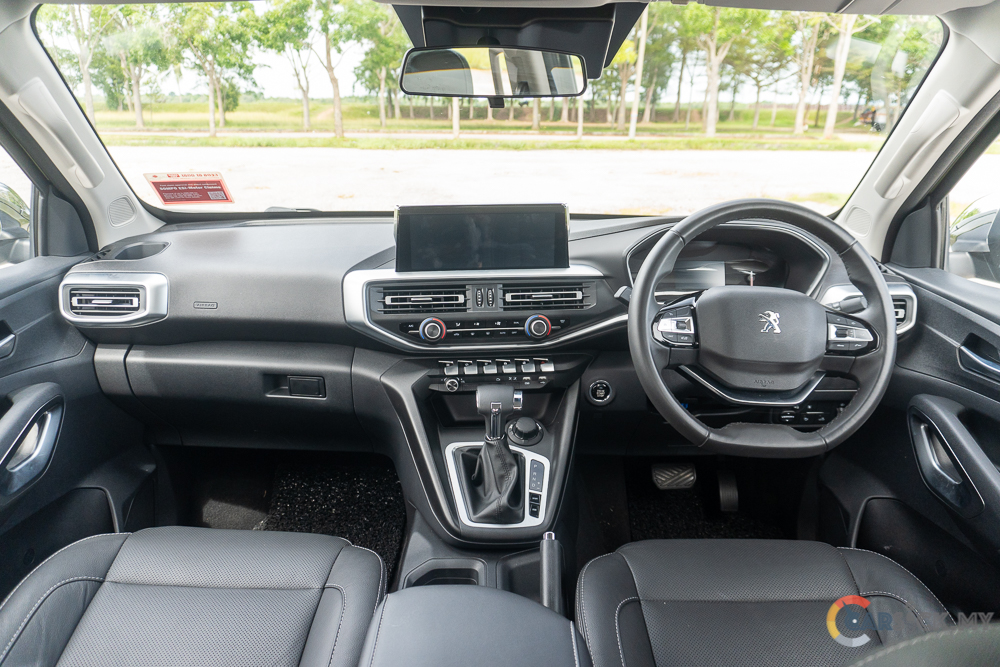
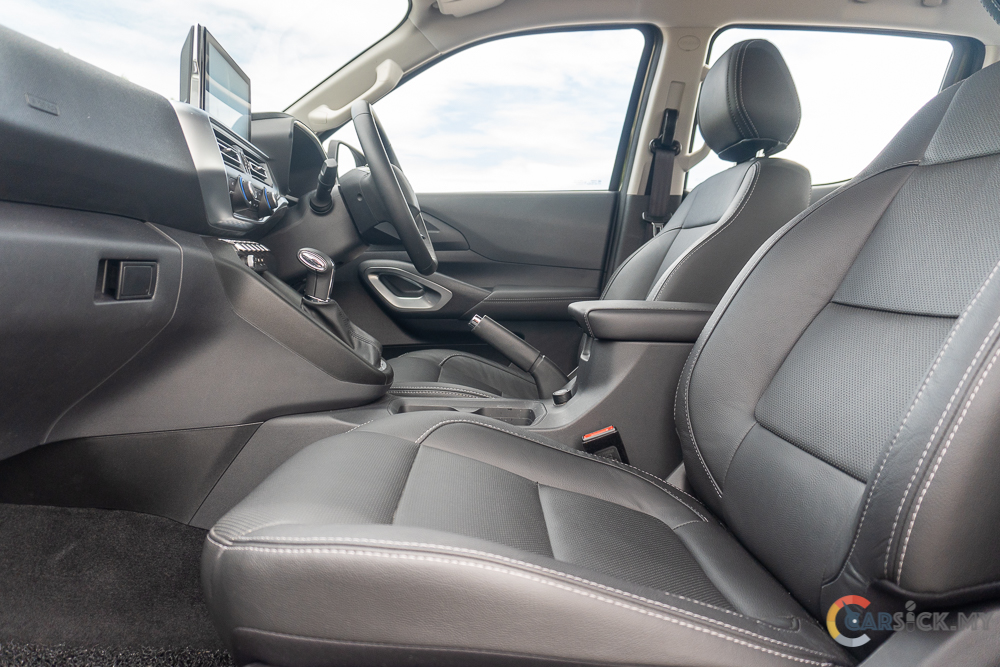
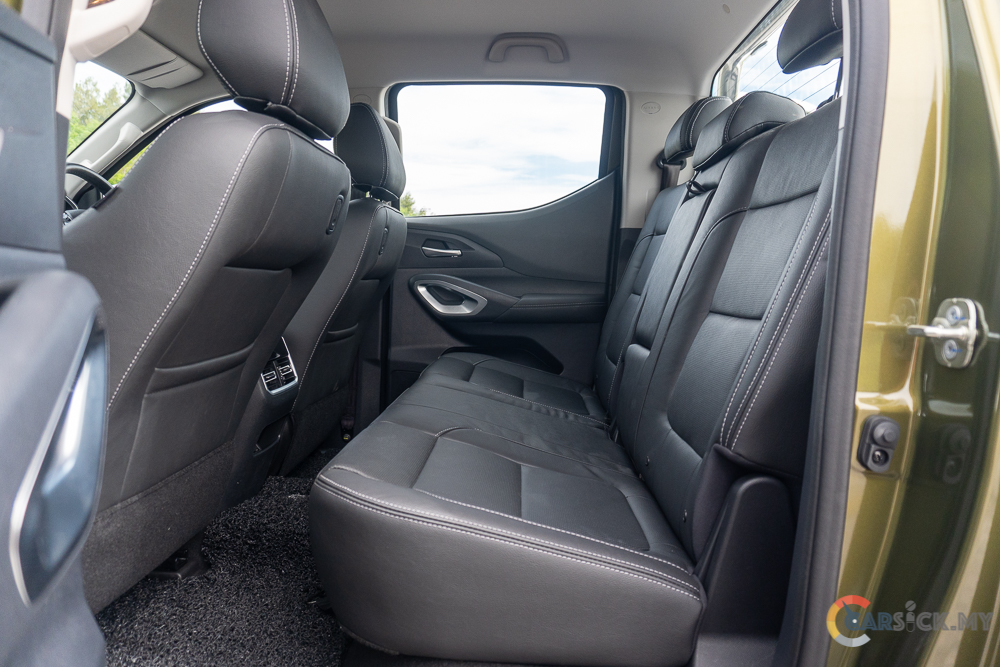
The driver faces an instrument cluster that combines analog dials with a 4.2-inch color display for vehicle information. The cluster is easy to read under various lighting conditions. In the center of the dashboard, a floating 10-inch infotainment screen provides connectivity options like Android Auto and Apple CarPlay. However, connecting devices may require some tinkering. Oddly, the phone remains connected to the truck even after the vehicle has been turned off for over 5 minutes, which might seem unusual. 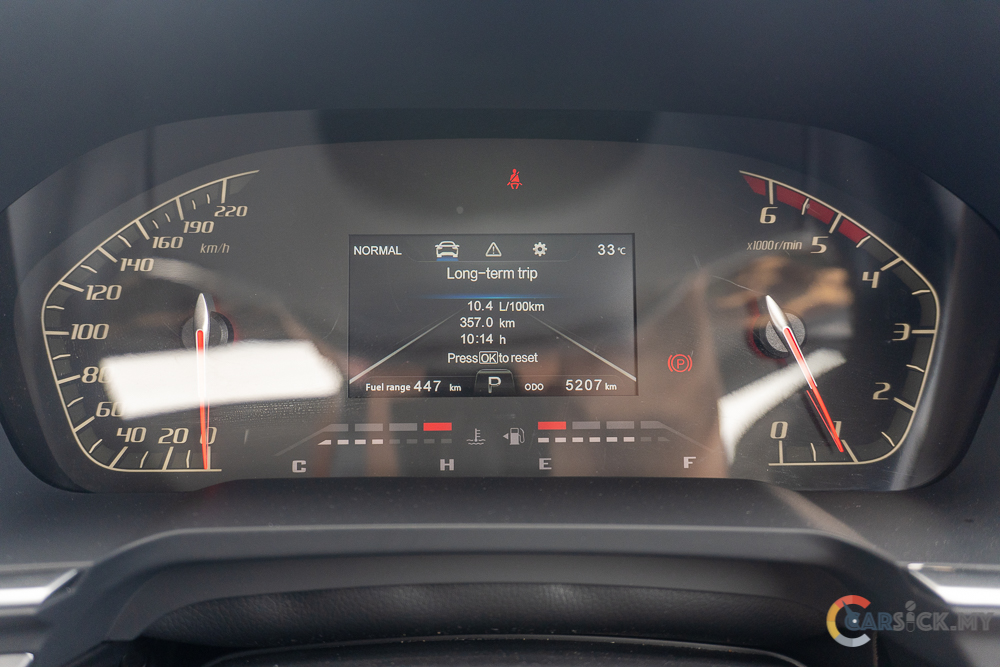

The Landtrek offers a 360-degree camera system with high-definition quality to aid parking. While Peugeot aims for an integrated experience, the Landtrek’s execution isn’t as seamless as in other Peugeot models.
Taking the driver’s seat, you’ll find the typical pickup truck driving position with tall seating. The front seats offer electric adjustments for comfort, but more thigh support would enhance the driving experience. Rear passengers enjoy ample legroom and headroom, and the rear seat’s recline level is suitable for short trips but could become uncomfortable on longer journeys. 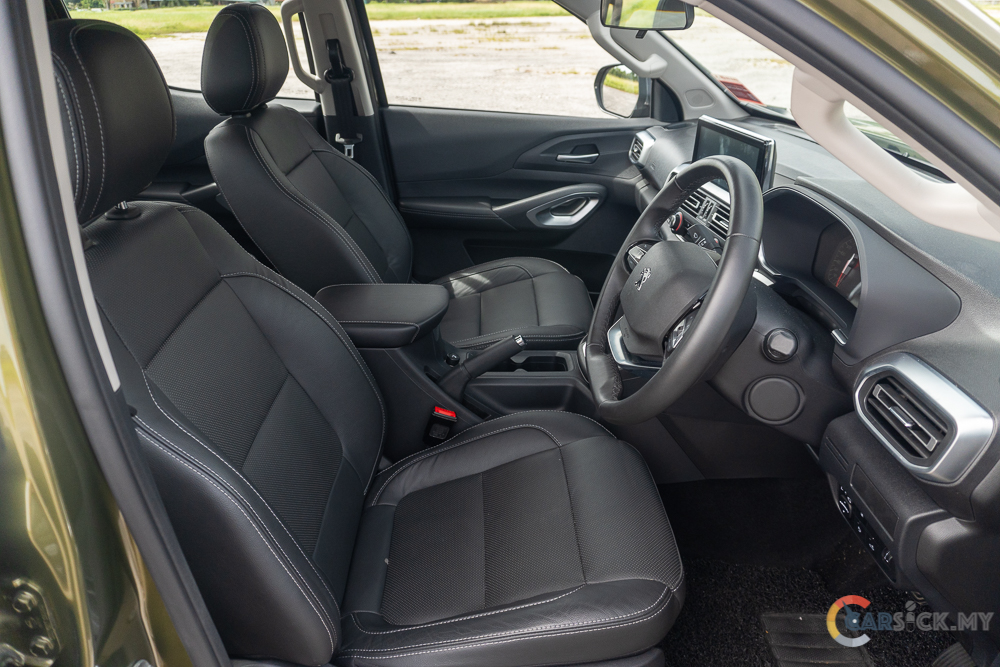
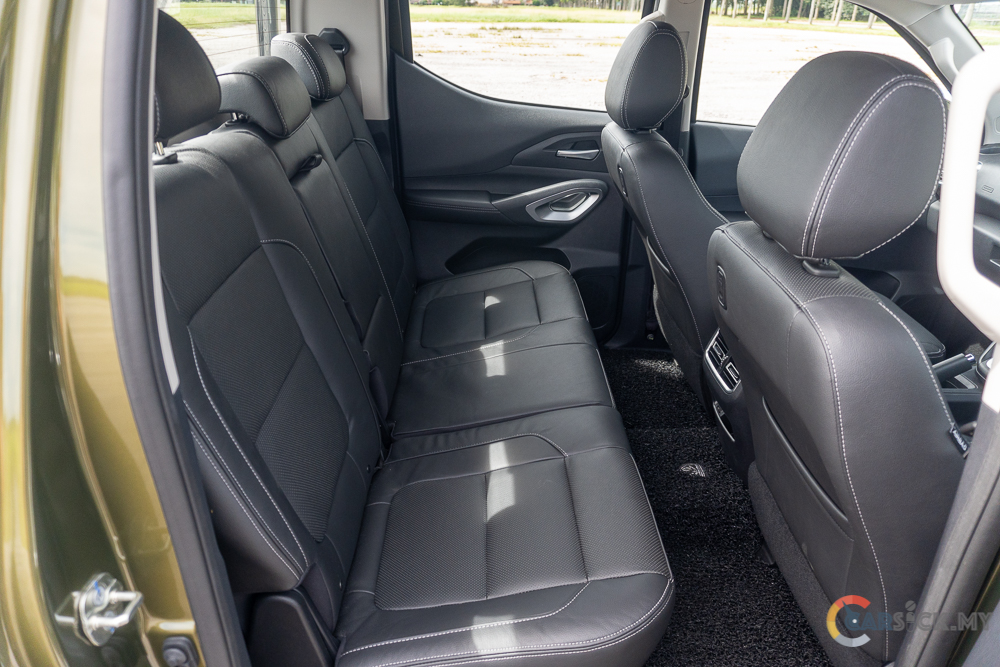
Under the hood, the Landtrek houses a 1.9L turbo diesel 4-cylinder engine, which differs from the Isuzu D-Max despite having the same displacement. It pairs with a 6-speed automatic transmission and a transfer case to distribute power to all four wheels when needed. This diesel engine produces a respectable 150hp at 4,000rpm and a peak torque of 350 Nm between 1,800 and 2,800 rpm. 
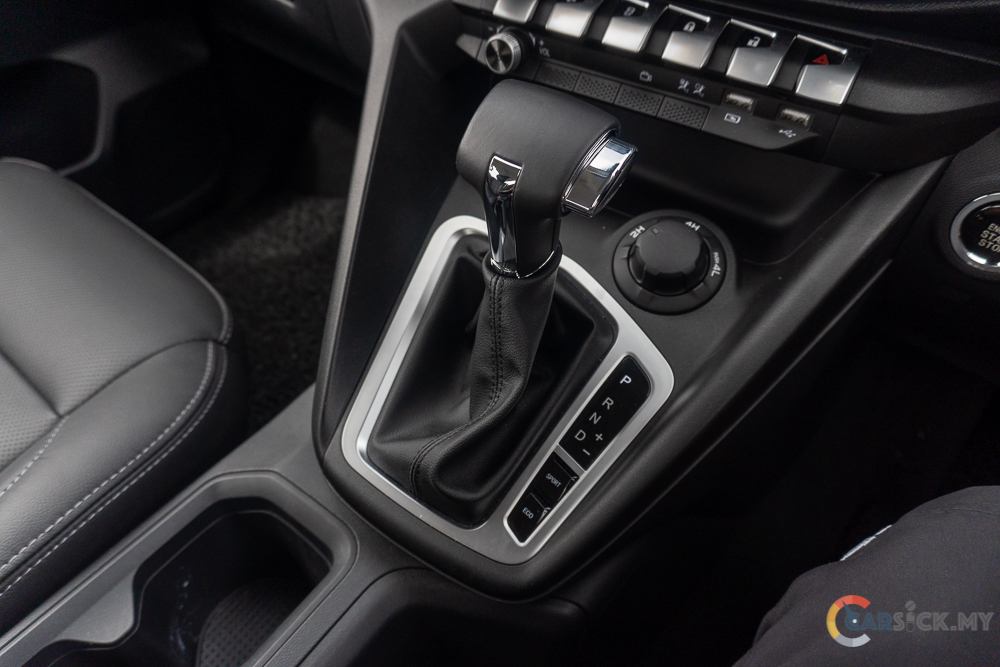
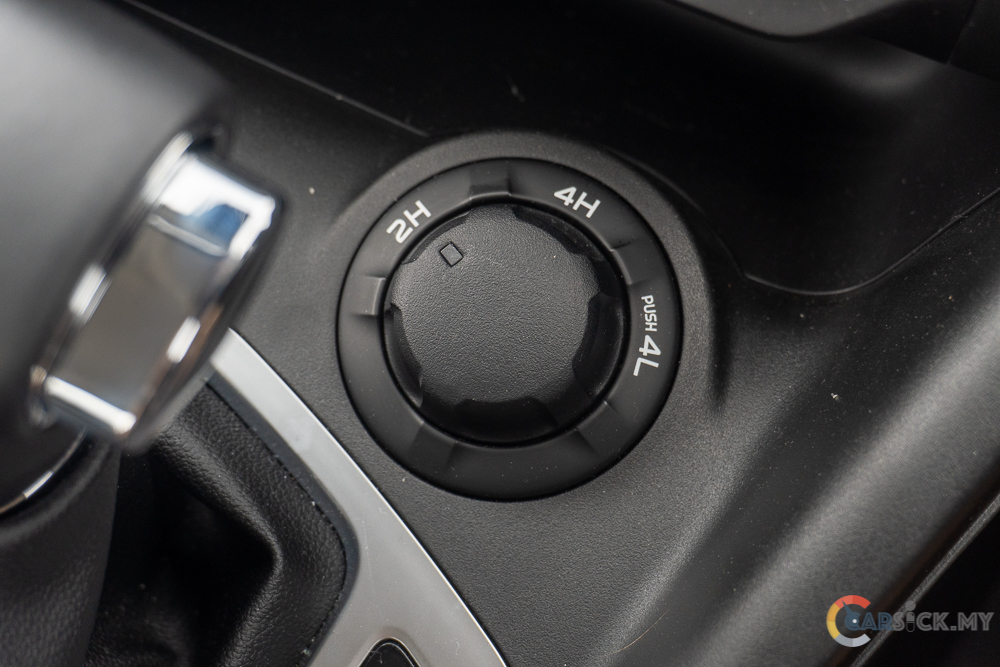
Upon starting the Landtrek’s engine, you’ll notice its refinement compared to the D-Max. It runs quietly and smoothly, even at idle. The engine delivers robust low-end torque for acceleration, though it might struggle when heavily loaded. Overall, the powertrain is surprisingly well-tuned, offering a pleasant driving experience for a pickup truck.
However, the Landtrek falls short in terms of ride quality. It exhibits excessive bouncing on uneven roads, particularly felt by rear passengers. Nevertheless, it maintains stability when cruising on highways, albeit introducing body roll in corners.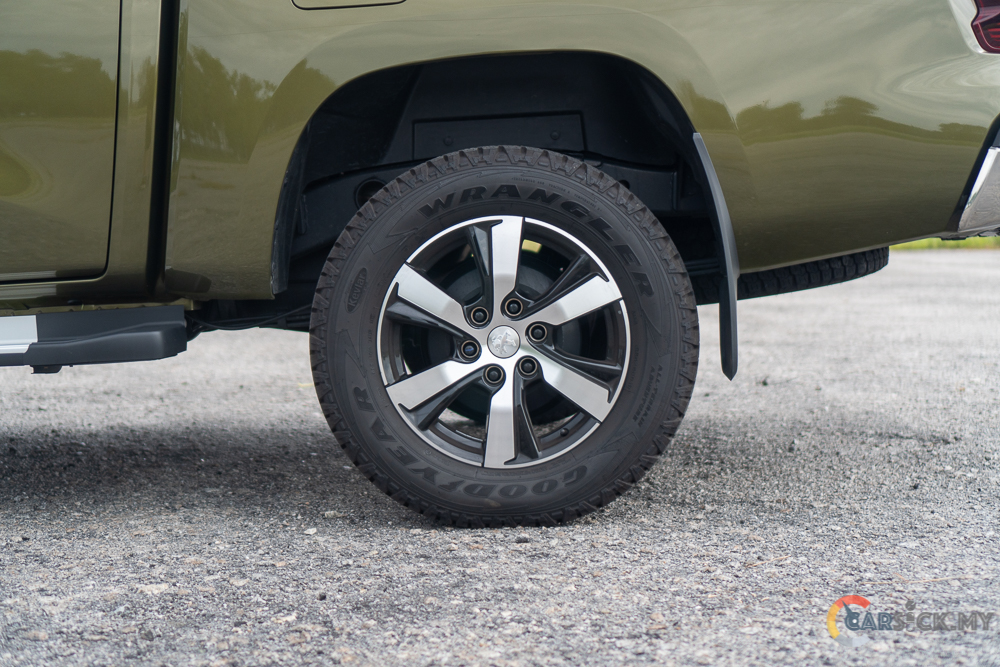
In terms of handling, as expected for a pickup truck, the Landtrek doesn’t deliver a highly responsive steering feel. The steering is not particularly direct, and it becomes lighter at higher speeds, diminishing driver feedback. Additionally, the Landtrek has a wide turning circle, making U-turns challenging.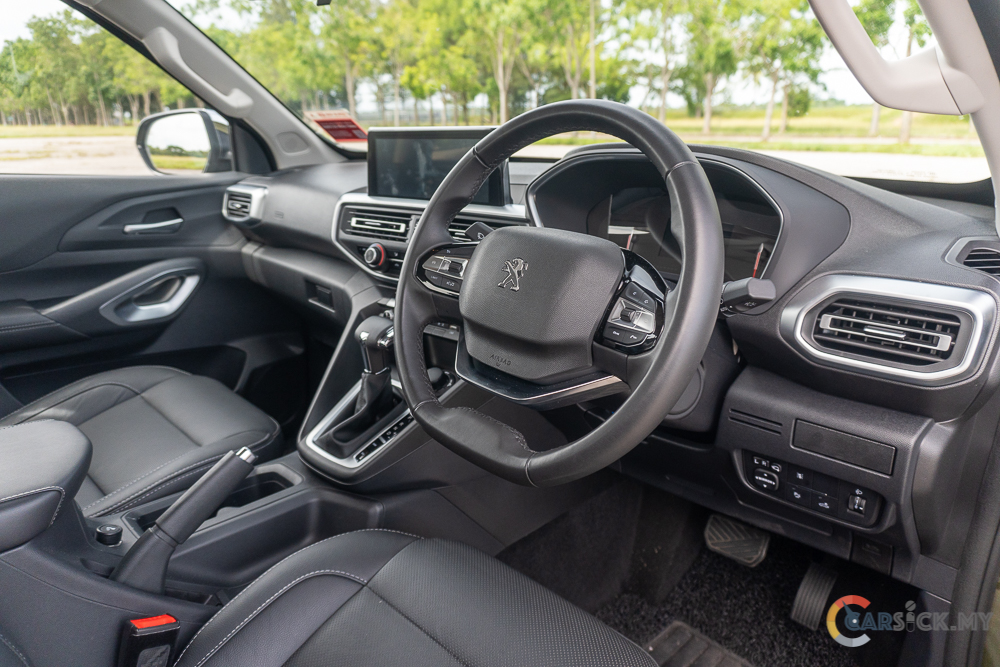
Regarding brakes, the Landtrek’s braking power suits its size, but the brake pedal has long travel and lacks pedal feel, requiring deep pedal presses to slow the truck down. In terms of driving assistance, the Landtrek includes lane departure warning as its primary feature, which is typical for a truck in its price range. Standard safety systems comprise six airbags, Anti-Lock Braking System (ABS), Emergency Brake Assist (EBA), Dynamic Stability Control (DSC), Anti-Skid Regulation (ASR), Hill Descent Control, and Hill Start Assist.
With a price tag of RM 120,072.00, the Landtrek offers good value for the money, providing a reliable workhorse. If you’re looking for a distinctive truck, the Peugeot Landtrek can deliver that uniqueness. It’s a decent vehicle to drive, but it still has some ground to cover to compete with established rivals.
check out full photo album here. 
